SingaporeMotherhood | Parenting
November 2016
Child and Adolescent Suicides: How We Can Help Prevent It
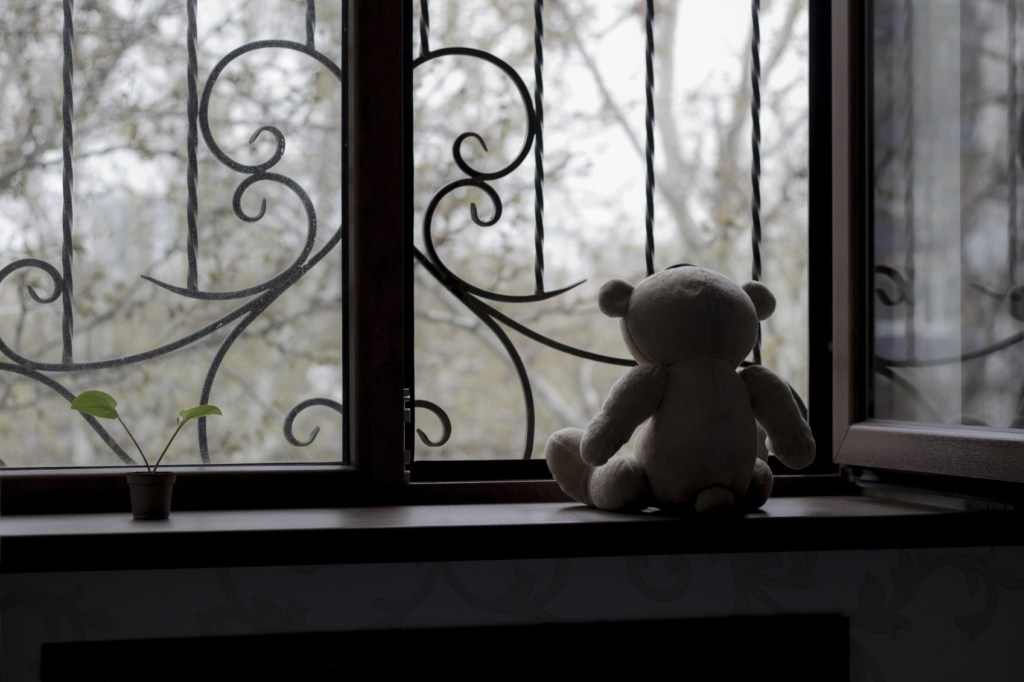
With all the news about children and teenagers in Singapore committing suicide in recent months, parents want to help, but where to start? We speak to local social workers for their advice on how to prevent adolescent suicides.
In 2015 alone, a total of 27 young Singaporeans aged 10 to 19 years of age killed themselves. To put it even more starkly, that’s more than two of our children who decided they could not face the future – on average every month last year. According to suicide prevention centre Samaritans of Singapore (SOS), this is the highest record of teen suicides in 15 years. Another 13 teenagers had committed suicide the year before that – less than half, but still 13 too many.
[banner][/banner]
This trend isn’t limited to Singapore. In the United States, suicides in middle school students (11 to 13 years) have reached an all-time high. 425 adolescents aged 10 to 14 years committed suicide in 2014 alone. Perhaps even scarier, about 30 children aged five to 12 take their own lives each year.
As parents, it is extra heart-wrenching to hear about someone else’s 11-year-old child who jumped to his death because he failed his mid-year exams this year. Or two seemingly high-flying students at a top junior college, who took their own lives just 10 days apart in August.
(See also: Exam Stress in Kids: How to Recognise The Signs Plus 7 Strategies to Combat It!)
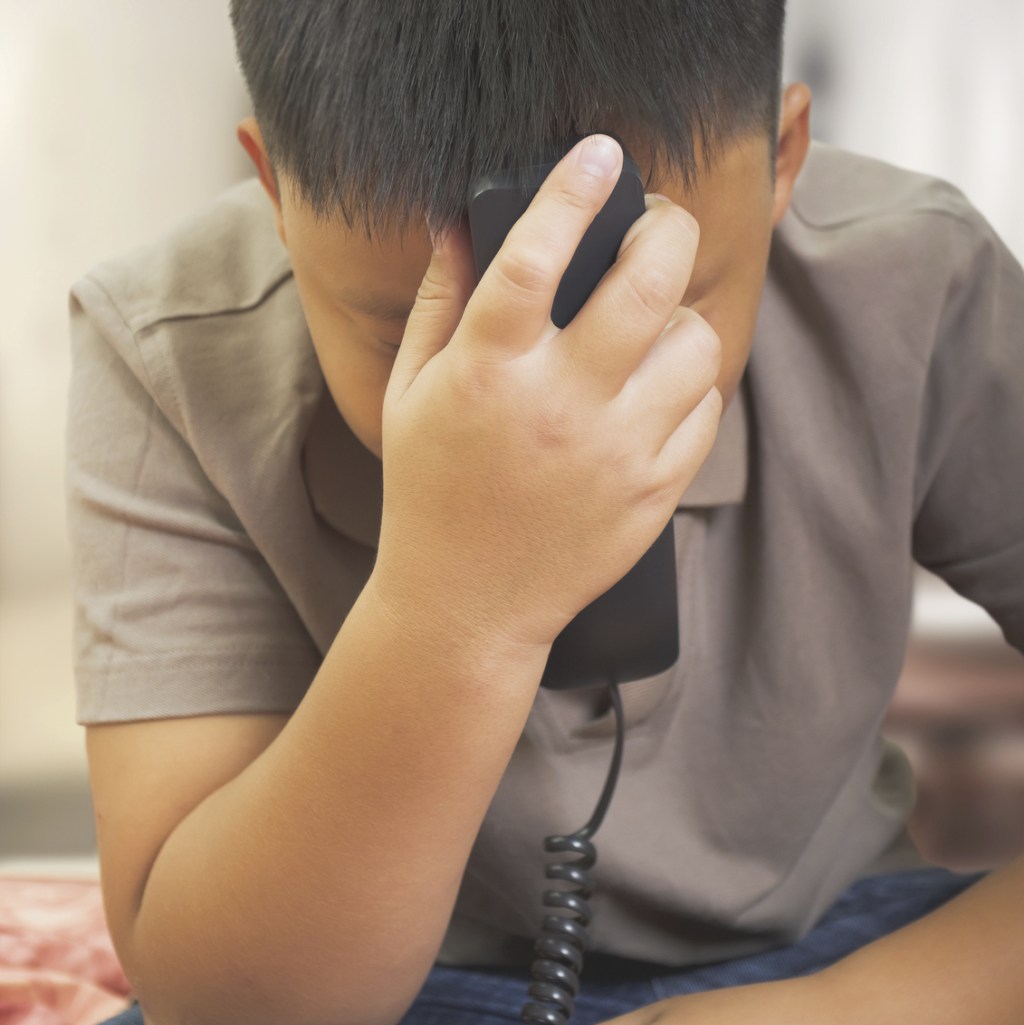
The SOS hotline received a total of 2,680 calls from troubled teenagers from 10 to 19 years of age last year. It shares that they mostly reached out to them for the same few reasons. These include academic pressure, mental health issues, and relationship problems both at school and in the home.
What’s going on? Are we, as parents, as a society, doing something wrong? How can we do better?
Look Out for Warning Signs

We spoke to Mrs Lee Yean Wun (above left), recipient of the Outstanding Social Worker Award 2015, and the principal social worker at Kampong Kapor Family Service Centre. She explained that suicide is typically not something that happens suddenly. “Even though there are certain cases, like the 14-year-old boy who jumped from his flat in January after being arrested for allegedly molesting an 11-year-old girl, where there could be just one incident that led to it, most don’t happen that way,” she says.
One of the few Master Social Workers in Singapore, Mrs Lee began her career in 1986 at TRANS Family Services Centre, doing outreach work with at-risk youths. She lists symptoms parents can keep an eye out for: “Sudden changes in appetite, sleep patterns and daily habits. Also, changes in behaviour, such as easily becoming agitated, or becoming more withdrawn and quiet.”
Mrs Tan-Wu Mei Ling, executive director at Students Care Service, adds, “Parents need to be extra mindful when their children have persistent feelings of helplessness and hopelessness. Even more so when it is accompanied by ‘personality changes’. These include keeping to themselves when they usually hang out with friends or losing interest in a favourite activity. Perhaps a previously enthusiastic student now showing reluctance to attend school.”
(See also: A Post-Exam Parent’s Report Card — How did you Do?)
Be Open and Receptive
If you suspect your child of being depressed or suicidal, you can try to approach him for a chat. During a Talking Point forum held at *SCAPE on 24 October, Dr Ong Lue Ping, principal clinical psychologist at the Institute of Mental Health, emphasised the importance of parents being able to listen without judging.
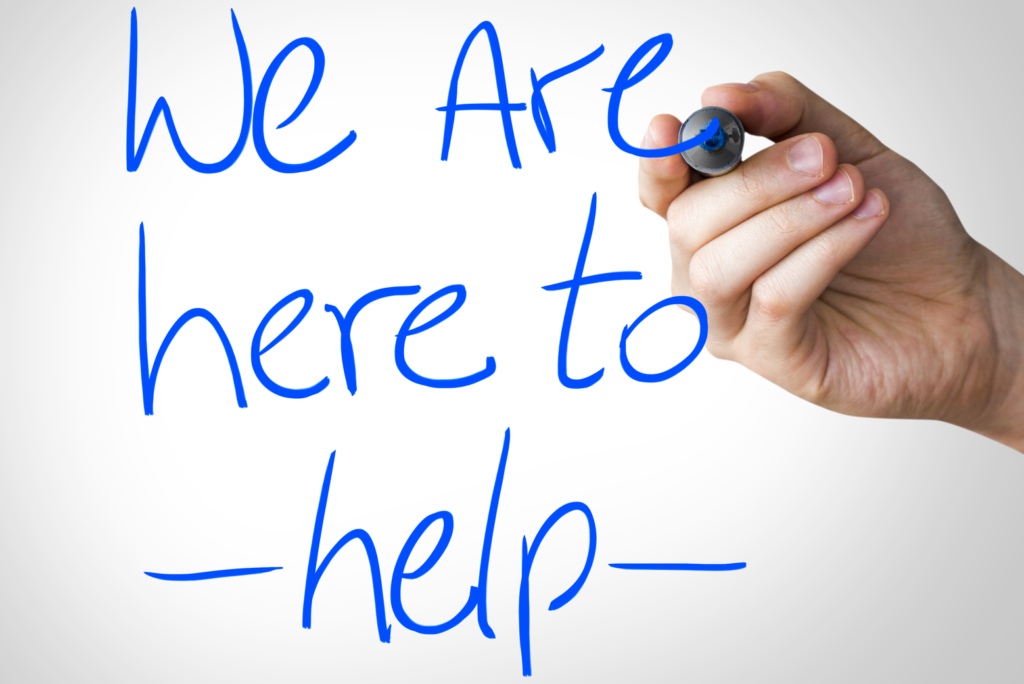
He said, “Let them know (that you) would be there to help them to solve the problem. They also appreciate if their parents can validate and not trivialise their feelings. Sometimes parents say, ‘Oh, this is just some friendship. You can always find new friends.’ But for them, it is really a big thing.”
Mrs Tan-Wu adds, “It is always helpful for parents to pay attention to the emotions – happy or sad – of their children, no matter the age. When you engage your child to talk about what he is happy about, you not only create special moments of shared joy, you are also building your child’s ability to identify and express emotions. This ability contributes to the emotional resilience of children and teenagers.”
(See also: Teach Your Child to Self-Motivate)
A lot depends on the type of relationship you have with your child. Mrs Lee advises, “If you are close, then talk to your child directly. Don’t be afraid to raise the topic directly. You can say, ‘You seem very different. Are you all right? Are you thinking of killing yourself?’”
Parents are sometimes afraid that saying it aloud would put ideas into the child’s head. But Mrs Lee disagrees. “It’s not that simple for you to plant the thought in their heads without a seed already being in place.”
Know When to Seek Help

“But of course, if you already have an antagonistic relationship with your child, or are uncomfortable or not confident to be able to handle such talks, tap on alternative resources,” Mrs Lee adds. “This could be a teacher, an aunt, a grandparent or another adult friend, perhaps a school counsellor. Somebody that the child trusts enough to have heart-to-heart conversations with.”
What about seeking professional help? “With adolescents, it is of utmost importance that they are able to trust the person. Sometimes it is more helpful to start closer to home, rather than immediately seeking the services of a counseller or psychologist,” says Mrs Lee.
Parents can also gently provide resources, such as help-lines, which offer a non-confrontational outlet. Children and teens can feel free to talk about their problems in their own time and at their own pace. Trained counsellors who can offer a listening ear usually man these hotlines. They also have the expertise of knowing when to raise the alarm should it be needed. SOS also offers an Email Befriending service – those in distress can write to Pat for help and emotional support.
Help-lines in Singapore:
- Samaritans of Singapore (24-hours): Call 1800 221 4444 or email [email protected]
- Singapore Association for Mental Health: Call 1800 283 7019
- Institute of Mental Health (24-hours): Call 6389 2222
- Care Corner Counselling Centre (Mandarin): Call 1800 353 5800
- Tinkle Friend (for primary school kids): Call 1800 274 4788 or chat online
Impart Life Skills
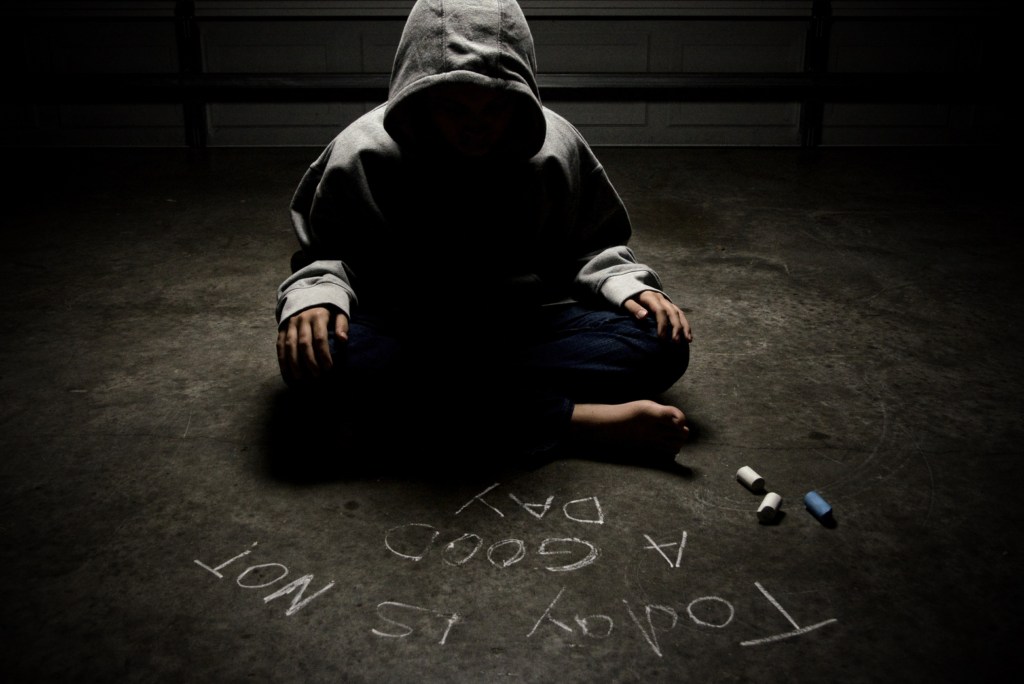
SOS believes that it is crucial for adolescents to have a better understanding of their emotions and a firm grasp on various coping skills during their formative years. It organises workshops for students aimed at enhancing their emotional resilience and enlarging their repertoire of internal coping resources.
Dr Ong agrees, sharing that “individuals who tend to be lonely, proud, secretive, and have a low self-esteem with a tendency to worry unnecessarily and with poor problem-solving skills, are at a higher risk of suicide.” He added that this is why we need to teach our children life skills. These range from coping and adjusting to problem-solving and social skills in general.
(See also: Forget Parentocracy. Here are 5 (free) things you can do to help your Child Succeed)
And it’s never too early to begin. Although there has been only one known case of suicide – in 2012 – involving children below 10 years over the past two decades, it proves that the unthinkable can happen. To help equip teachers and parents of pre-schoolers with the skills needed to deal with early signs of unhappiness, PAP Community Foundation (PCF) kindergarten and childcare centres have engaged international youth development firm FutuReady Asia to conduct a series of workshops. The pre-schoolers themselves will also be taking part in a workshop on happiness, gratitude and acceptance.
Raise Awareness About Adolescent Suicides

Amid the national bid to tackle the problem of adolescent suicides, schools are putting in place preventive measures and initiatives. These include more support for students in distress, providing counselling and education about depression, and even training students to act as peer support.
As a parent, you can help by talking with your children about depression and suicide risks. If your children are at risk, or begin having trouble coping down the road, they know that you are there for them. It also means that your children are equipped with the knowledge and skills to recognise when their friends are suicidal.
As Mrs Lee points out, “Sometimes the people closest to the child are the last to know. Adolescents are more likely to talk to their friends if they are having depressive thoughts. But teenagers often have a code of loyalty. They think that ‘if my friend confides in me, I should keep it a secret’, not realising that their friend may not be able to handle it. Your child needs to know when to take things to a trusted adult.”

“Felicia* was referred to me when she was 15 years old because her friend had noticed cuts on her hand and raised the alarm,” shares Mrs Tan-Wu. “Thankfully, because I found that she had indeed been cutting herself and having suicidal thoughts for a while. She was undergoing friendship problems and stress at home – her mother often talked about the meaninglessness of life. Felicia also had vivid memories of witnessing her mum’s suicide attempt when she was in primary school.
“I worked out a ‘keep safe contract’ with Felicia, and worked on healthier ways to cope with her feelings. On occasions, this included holding a piece of ice in place of cutting herself. With her consent, I informed her parents of her self-cutting and suicidal thoughts. We also discussed how her parents could support her at home. Her mother was also given counselling, and over time, Felicia has become a confident young lady and is doing well in her career today.”
*name has been changed
The Four A’s
To help parents spot and help children who may be at risk, Mrs Tan-Wu sums it up with the four A’s.
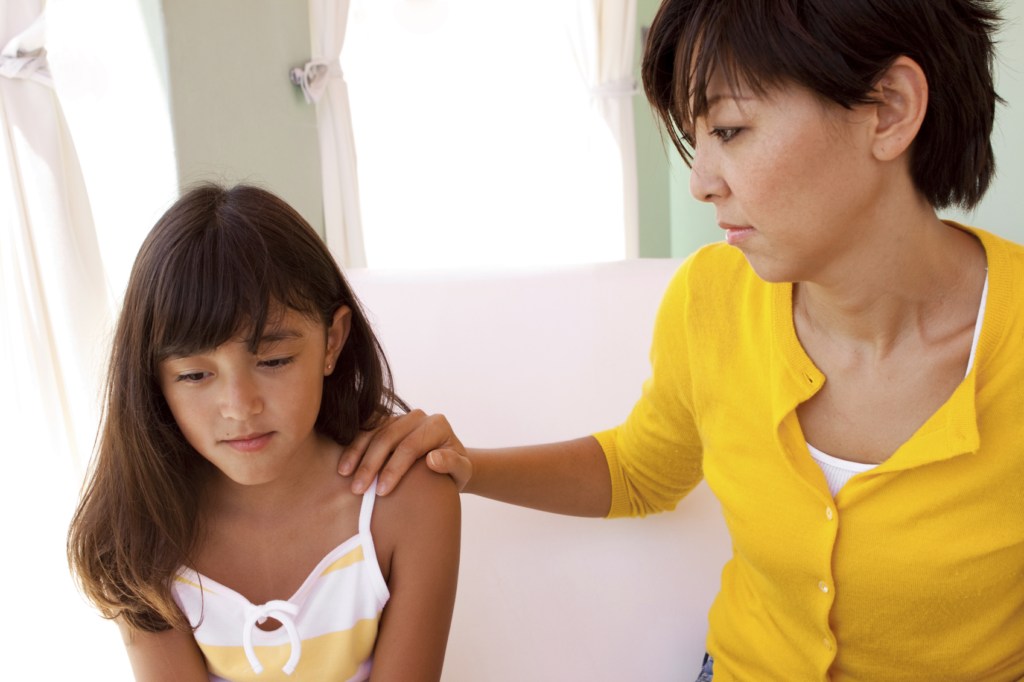
ASK: Make it a daily habit to ask how your children’s day has been. If there are feelings of sadness or joy, ask what happened.
ATTEND: To ‘attend’ in the context of communication is to give full attention to the child, especially when the child is sharing his emotions. Pay special attention to words that convey emotions of fear, sadness, helplessness and hopelessness. Also, to facial expressions and body language that suggest heavy heartedness, such as tears, downcast face, drooping shoulders.
AVAIL: Avail time to listen to the child’s sharing. If the child is not ready to share deeply, avail yourself to hear the child out when he is ready. You may say something like, “I would really like to hear what is bothering you. But if it’s hard for you to share now, perhaps we can talk again. I will make time for you. Let me know when you are ready.”
ACTIVATE: If the child’s sadness is prolonged, his daily activities are affected, and the sense of helplessness and hopelessness is persistent, parents may want to activate the help of professionals like school counsellors, social workers and psychologists.
(See also: Help Your Child Cope With (Exam) Stress)
Thanking the Social Workers
The Outstanding Social Worker Award (OSWA) is presented annually at the Istana by the President of Singapore to acknowledge the contributions of our dedicated social workers to the society. At the same time, a Promising Social Worker Award is also presented, to recognise those who are relatively new in the field, yet have already made a difference. This year’s awards ceremony will be held on 8 November.

We asked Mrs Lee how she felt about receiving the OSWA last year after about 20 years in the field. “I appreciate the acknowledgement, but it’s not about me. I just hope that the award will help to raise awareness about social work,” she replied modestly.
“It would be really nice if we can build up a pool of experienced senior workers who can support, teach, research. There is always a shortage so we need to attract people who fit the profession. It’s a myth that social workers just need to be kind and caring. A good social worker also needs to be strong, cool-headed, resourceful, willing to accept setbacks and even failures, and able to see positives when faced with the worst in people and situations.”
All content from this article, including images, cannot be reproduced without credits or written permission from SingaporeMotherhood.
Follow us on Facebook, Instagram, and Telegram for the latest article and promotion updates.





